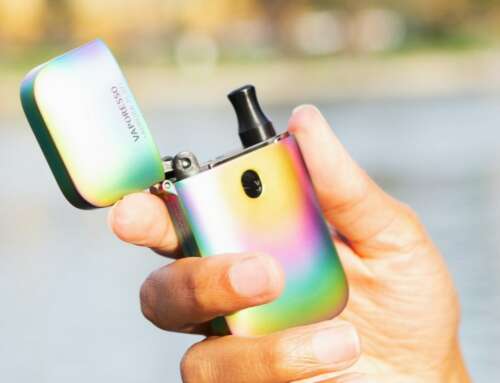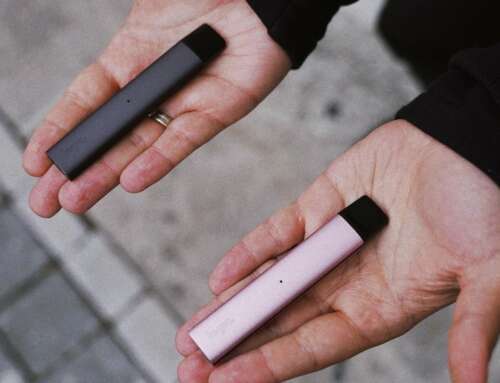According to the 2014 World Drug Report published by the United Nations Office of Drug Control (UNODC), Australia has some of the highest rates of stimulant use in the world. It should be noted that it is problematic to compare one country to another when it comes to illicit drug use as data is collected in different ways and community attitudes and policing methods vary widely across the world, but regardless, rates of stimulant use in this country are high.
Australians are in fact the world’s largest consumers of ecstasy and our rates of methamphetamine (or ‘ice’) and cocaine are also much higher than in many other parts of the world. Although ‘recent use’ of ecstasy has steadied in the past few years, those reporting ever having tried the drug has continued to rise to well over 10% of the Australian population aged 14 years and over. Cocaine use has increased and although available evidence does not suggest that we are seeing similar trends in the use of methamphetamine (or ‘ice’) across the general population, particular communities have been devastated by the increased availability and access to that drug.
At the same time it is important to note that Australians are willing to pay far more for most of these substances than drug users in almost every other country in the developed world. This is one of the reasons why we continue to see such large shipments of illicit drugs flood into this country. When quality cocaine can sell for as much as $400 per gram in Sydney and the average price in the UK is around $75, it’s not surprising that exporters are shipping their wares to Australia. Although not quite as extreme, it’s a similar story for ecstasy, with Australian users paying far more for their drug of choice than users in many others parts of the world.
At the same time, policing around stimulants is at an all-time high. Media interest surrounding the so-called ‘ice epidemic’ has led to calls for authorities ‘to get tougher’ and in the past few months we have also seen a spate of what appears to be ecstasy-related deaths at dance festivals across the country, once again leading to calls for more action in this area. Drug detection dogs have been used by law enforcement for well over a decade in many parts of the country and although the number of arrests linked to this strategy continues to rise, there is no evidence to suggest that it has any effect on the use of drugs like ecstasy at dance festivals and other nightlife events. Roadside (or mobile) drug testing (RDT or MDT) is on the increase (with NSW trebling the number of tests to be conducted in 2016) and stimulant users who get behind the wheel of a car are now at greater risk of being caught and finding themselves with a criminal record, with both ecstasy and methamphetamine being able to be detected.
So why do Australian drug users have this apparent ‘love affair’ with stimulants? Rowe (2012) suggested that our affection for drugs encompasses more than just stimulants, claiming that “drug taking is a national trait”. He believes that we have always loved drugs and in fact began as a nation of drug takers – “drinking, inhaling, swallowing and even injecting easily accessible legal narcotics”. Others have suggested that apart from historical factors, our climate and associated lifestyle could contribute to greater rates of use and our binge culture. Whatever the reasons, there are no signs that rates of stimulant use are about to decrease anytime soon, even though prices remain high when compared to other parts of the world and policing in this area is becoming more aggressive.
It is vital that our young people are provided the most accurate and up-to-date information on these substances so that they are able to make good choices. This certainly isn’t happening at the moment. Very few classroom teachers feel confident dealing with this group of drugs and even if they did, when would they do it? Increasingly, schools are being asked to do more and more in less time. It is important therefore that anyone who has contact with young people, whether it be a teacher, counsellor, social worker or school nurse, is as informed as possible about this group of drugs. If the opportunity arises to correct misinformation, assist a young person to access help or advice on the issue or simply to be there and listen should they want to talk about their experiences or concerns, any quality information on the topic could prove invaluable.
– Paul Dillon – Drug and Alcohol Research and Training Australia (DARTA)
References
Australian Institute of Health and Welfare. (2014). Highlights from the 2013 National Drug Strategy Household Survey. Canberra: AIHW. (PDF downloadable version)
Rowe, J. (2012). Australia’s love affair with drugs. The Conversation. http://theconversation.com/australias-love-affair-with-drugs-6311 accessed 10 January, 2016.
United Nations Office on Drugs and Crime (UNODC). (2014). World Drug Report. (PDF downloadable version)
White, V. & Bariola, E. (2011). Australian secondary school students’ use of tobacco, alcohol, and over-the counter and illicit substances in 2011. Cancer Council Victoria. (PDF downloadable version)
A downloadable PDF version of the PPT presentation, including a list of references, will also be made available once it has been delivered at the Generation Next.
For further information on DARTA and its activities please go to the DARTA website. You can also follow DARTA’s two blogs, ‘Doing Drugs with Paul Dillon’ and ‘The Real Deal on Drugs’.
Image from Unsplash







There are plenty of reports and “commitments” by Australian authorities and people in government departments. However, that is just on the surface. The reality is different. The truth is not gathered, as individuals who tries to speak up are bullied and there are even attempts to declare people who speak up, as mentally ill. I am one of them. There has never been an independent assessment done on me. Due to “gaslighting”, I fell ill with severe depression. When I reported to authorities, they ignored extensive evidence, took the other party’s side, even if they did not have evidence. I could contest false accusations towards me, but this was ignored. Instead, false reports are written up by people in government positions, who are assessing complaints. False and damaging information towards the complainant, ignoring excessive evidence. The complaint system in Australia is protecting organised crime. Investigation methods allow corrupt government agencies to assess themselves. There is nowhere for people, who have valid and important information, to turn for help. People in government positions are protected. I have been told by police that they do not deal with complaints towards government employees. It is also questionable, why a person who has not worked in a gov position, is not allowed to apply for employment in gov agencies. I have been told that they only take people who already has gov experience. I believe Australia would benefit from having a rotation system, where no person can work in the same gov agency, for more than a specific time. This may aid to prevent corruption.